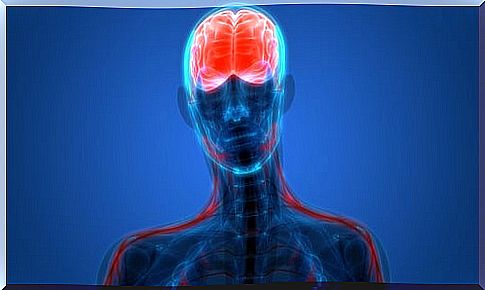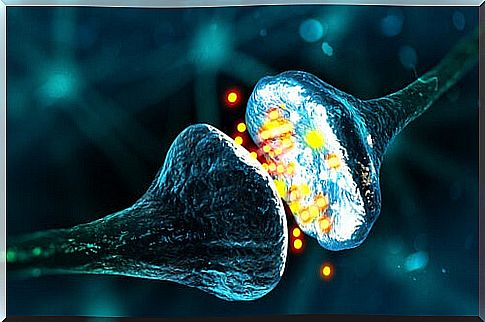Biological Psychiatry: What Does It Consist Of?

Biological psychiatry or biopsychiatry is a branch of psychiatry that attempts to understand mental disorders by paying attention to the functioning of the nervous system. It is interdisciplinary in its approach and draws on sciences such as neuroscience, psychopharmacology, biochemistry, genetics, and physiology. Thus, it is the branch of medicine that deals with the study of the biological function of the nervous system in mental disorders.
Biological psychiatry began between the 18th and 19th centuries. Its prevalence came with the advent of psychotropic drugs in the 1950s.
The German school especially placed emphasis on neuroanatomy and histopathology. In the twentieth century, called the century of Physics, an enormous advance in technological instruments was achieved that led to a great development of basic sciences, with better microscopy equipment, better imaging techniques, such as magnetic resonance imaging and emission tomography. of positrons, having even reached nanotechnology that will be widely used in the development of the Brain Project.
Deepening Biological Psychiatry
The development of biological psychiatry is linked to advances in technology. One of the most important occurred when there was the serendipic identification of neurotransmitters and receptors that intervene in the mechanisms of action of drugs and that were later perfected to produce blockages or activations of biogenic amines.

With the advent of psychotropic drugs and the theories of biochemical imbalance, a period of searching for the genetic elements linked to these biochemical variables also began and the way was opened for the discoveries derived from this search to influence the evolution of diagnostic classifications. .
So far, however, no reliable biomarkers have been achieved, although current screening techniques appear to be beginning to bear fruit. For example, in studies on the biology of depression and using brain scanning techniques, Helen Mayberg has identified two circuits of great importance for making decisions about the type of therapeutic approach of choice for the treatment of depressed patients.
According to this study, patients who presented basal activity below the average at the level of the anterior insula responded well to cognitive therapy. On the other hand, patients above the average of activity responded well to antidepressant medication.
Biological bases of psychiatric disorders
To speak of the biological basis of psychiatric disorders we must necessarily refer to genetics. We know that there are genetic characteristics that intervene in the etiopathogenesis of mental illnesses (probability of the appearance of mental illnesses), but there are not yet identified genes, there are yes, candidate genes with probable loci, but this is still an underdeveloped pathway.
Study 1
A recent study by Marian L. Hamshere’s group reports a genetic association between childhood attention deficit hyperactivity disorder with schizophrenia and bipolar disorder in adults.
Almost simultaneously, an article was published in The Lancet magazine in which it was shown that five psychiatric disorders of onset in childhood or adulthood (attention deficit disorder, bipolar disorder, autism, depression and schizophrenia) share common factors genetic risk.
Variations in the genes for calcium channel activity appear to be very important in all five disorders, leading to hope for new molecular targets for the development of psychotherapeutic drugs.
Study 2
Another area of genetic research is oriented to the study of how genetic mutations influence brain development. Most mutations cause small differences in our genes.
Researchers like Murdoch and State have discovered a significant number of copied variations of chromosome 7. An extra copy of a segment of this chromosome greatly increases the risk of autism, which is characterized by a tendency to social isolation. The most interesting thing is that the loss of the same segment results in Williams syndrome, a disorder characterized by intense socialization.
This segment of chromosome 7 contains about 25 of the approximately 21,000 genes in the human genome. Despite this tiny amount, an extra copy or a copy that does not have this segment has profound and radically different effects on social behavior.
In turn, this is further proof of the biological nature of mental disorders, which in turn indicates that certain mental disorders, such as schizophrenia or depression, have an important genetic component.

The promises of the future
Advances in biological psychiatry are and continue to be linked to the development of technologies. It has already been mentioned that in the near future we will gain a lot of information about the brain from developments in nanotechnology, microelectronics, and synthetic biology.
Developments that will be made available to neuroscientists for experiments and research such as implantation of nano sensors, wireless fiber optics and genetically engineered living cells to penetrate brain tissue and report what, how and when neurons are responding to various stimuli. This is the essence of the international project called “Brain”, similar to that of the Human Genome that has contributed so much to the field of science in general and genetics in particular.









